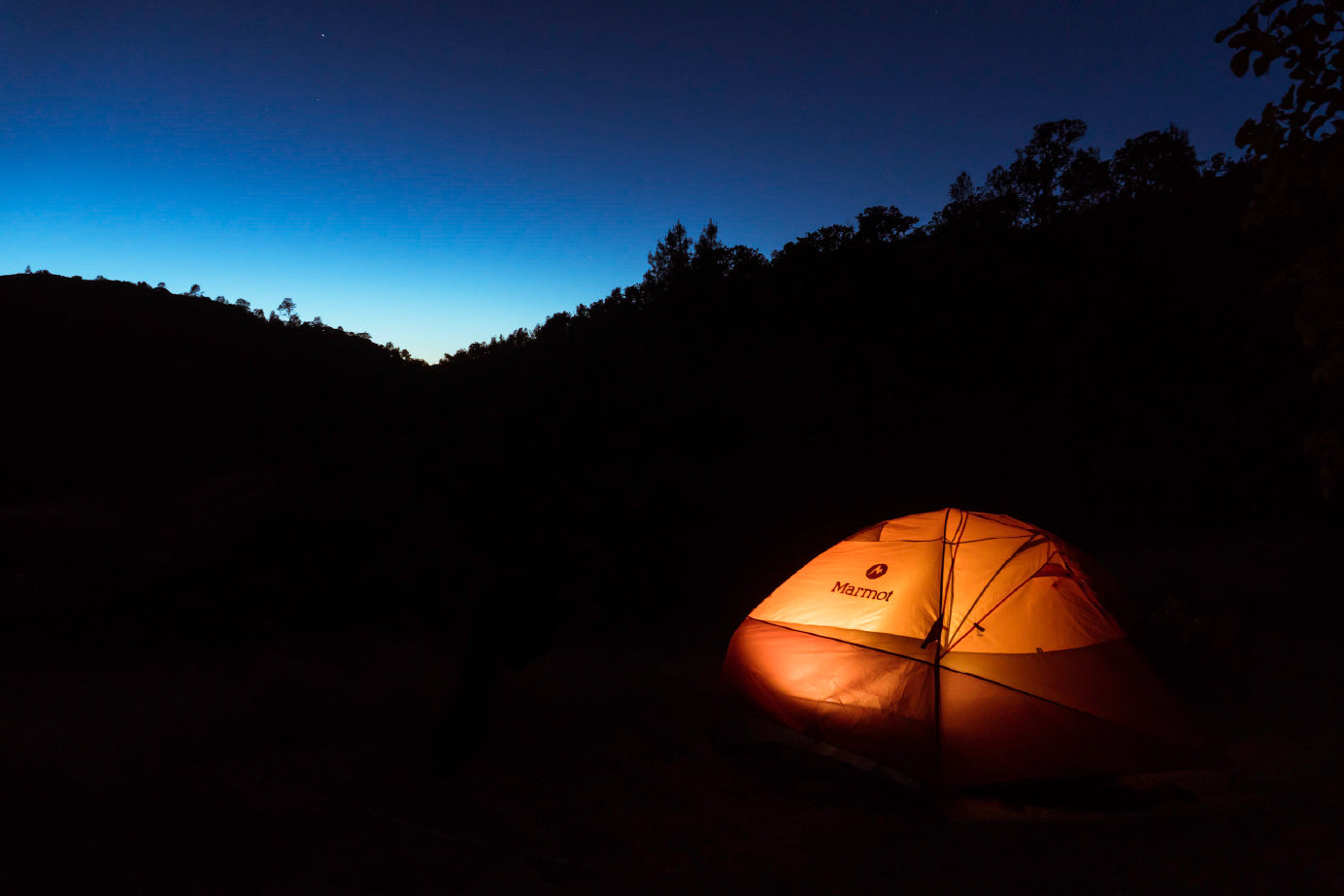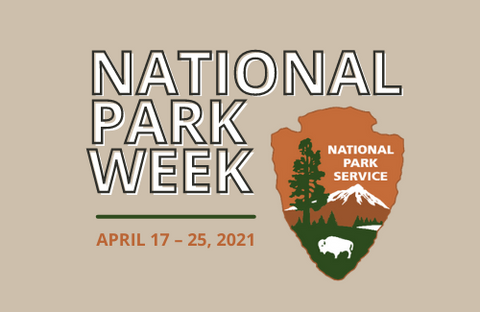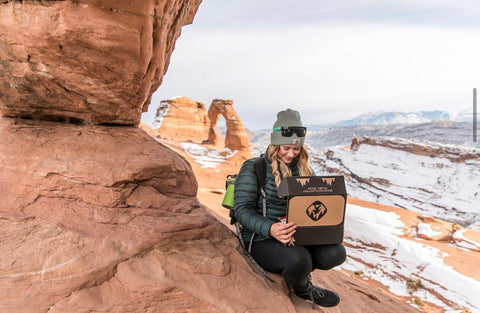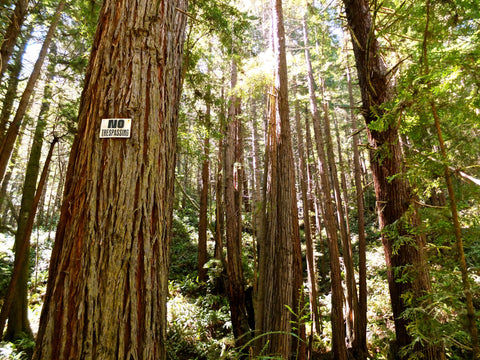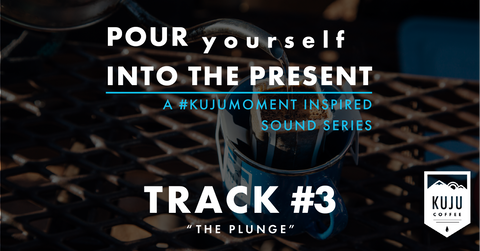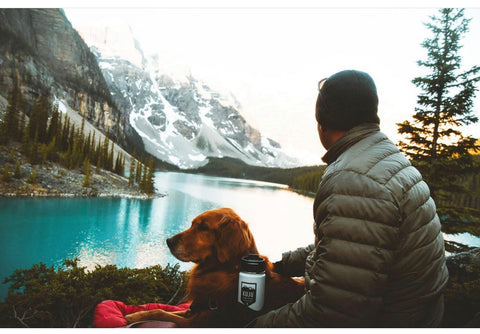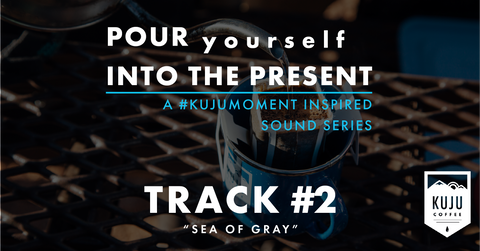As we head into the summer months and states slowly begin reopening economies, campsites are beginning to open as well for use again as well. In California, 28 state parks have opened up limited campground availability. While limited, this is a welcomed reopening that many campers and adventurers would be pleased to see, including us.
But does this mean that it’s actually safe to go camping again? According to news site MLive, who spoke with public health specialists and ranked 36 different activities by their level of risk, camping is a relatively low risk activity. On a scale of 1 to 10 with 10 being the highest risk, they have ranked camping at a level 3 which is the same level of risk as grocery shopping.
Ultimately, whether or not you should go camping depends on your health and risk tolerance. If you are showing any signs or symptoms of COVID-19, the CDC advises it’s best not to go camping because going into the backcountry poses a threat to your health if things turn for the worst.
However, if you decide to go camping, we’ve pulled together a list of 8 tips to do safely. It can be done safely, but there are a few precautionary measures that you should take to help ensure the health of you and your family as well as people you might come across during your trip.
Our Tips to Camp Safely
Stay Local - Choose campsites that are closer to home. The further you travel, the more you are likely to promote the spread of the virus, especially if you choose to camp somewhere you need to fly to. Camping closer to home and somewhere you can drive to means a slower spread and less risk.
Maintain Social Distancing - While out at a campsite or surrounding areas, continue to stay 6 feet apart or more from others that are not part of your household. If you’re planning to go on a hike, choose wider trails that allow for more separation.
Emphasize Hygiene - Be prepared to stay clean and virus by bringing soap and/or sanitizer. Not all restrooms at campgrounds will necessarily be open, so you’ll want to ensure you have a way to sanitize. If possible, it’s best to use your own “restroom”, especially if you are camping in an RV. Be extra aware of your physical contact with your surroundings and don’t forget to wash your hands!
Wear a Face Mask - Going on a camping trip doesn’t mean you should leave your face mask at home. It’s more important than ever to wear a face covering (and event mandated in some states) when out in public. Not only will it help slow the spread, but face masks are a great way to keep bugs and dust out of your face.
Avoid High Risk Activities - Avoid activities that have a high chance of injury. In the case of a serious injury, not only will it force others to come in contact with you, but a trip to the hospital would mean more potential exposure to the virus. At least for now, it’s best to avoid activities that may lead to hospitalization.
Plan Ahead - Not all campgrounds are open yet and you’ll want to make sure to have a plan to avoid unnecessary trips to the store and random detours. Make sure you have all your directions ready to go if you’re going somewhere with no service. Also, visit the webpage of the park you will be visiting to learn about any potential changes due to restrictions.
Choose More Isolated Campsites - To camp safely, you’ll want to keep a safe distance from other parties who might also be camping at the same time. One way to do that is to choose from a campsite that’s more isolated. There are many great options that are more isolated from websites like Hipcamp or Tentrr.
Camp With Your Household - Limit your exposure by only camping with others from your household. This will ensure that you’re not exposing yourself too much and keep you and your family safe.
Most of these tips are specific to camping during the era of COVID, but if it’s your first time camping, we recommend checking out some additional guidelines and tips on how to go camping safely.


